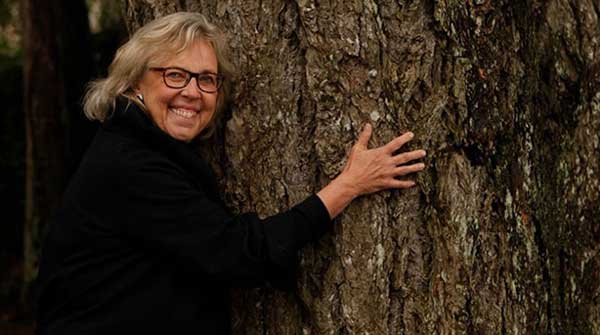The downward spiral for the Greens continues
 Did you hear the big news? The cheering crowds? The booming sound of Gabriel’s trumpet across the land?
Did you hear the big news? The cheering crowds? The booming sound of Gabriel’s trumpet across the land?
If you didn’t, then brace yourselves.
I have an explosive story to tell you.
It’s the biggest moment in Canadian politics since … since … well, I don’t know how long!
Few things have ever compared to this major announcement.
They’ll be talking about it for years.
Decades, even.
 |
| Related content |
| Trudeau eroding our trust in government
|
| An update on political orthodoxies under attack in Europe
|
| Are we witnessing the end of liberalism? |
Are you sitting down? Did you put your food and drink on a flat surface? Can you take a deep breath?
OK, here goes.
Elizabeth May is the leader of the Green Party of Canada … again.
“Wait, that’s it?” some of you may be thinking. “Why is he praising this decision?”
Oh, I’m not.
I was just being facetious.
This is actually one of the worst decisions in Canadian politics in recent years, not because May chose to run for the Green Party leadership. Rather, it’s because the Green Party chose her as leader once more.
May had every right to throw her hat in the ring. She was the most well-known, experienced and recognizable figure in that leadership race by a country mile. I’m sure she privately knew she would win back the party leadership with relative ease.
That’s exactly what happened.
May led every round by 20 per cent or more against her closest rival, Anna Keenan, a two-time federal Green candidate in PEI and the party’s critic for electoral reform. May started at 46.53 per cent in Round 1 (3,736 of 8,030 votes cast), was over 50 per cent by Round 4, and ended with 60.17 per cent in Round 6 (4,666 of 7,755 votes cast).
It wasn’t even close.
OK, but doesn’t that mean the Greens picked the best candidate out of the six people vying for the party leadership?
Not necessarily.
The Greens went back to the political well with someone they knew (May) rather than someone who could have potentially re-shaped and re-packaged the party (Keenan). That’s generally seen as an unwise strategy in politics, indicating there are no fresh faces or rising stars ready to take over from the old political guard. Independent and undecided voters looking for a political alternative would also be less likely to consider a party leader who’s previously had two or more kicks at the can to win seats and build up support – and failed.
In fairness, a few political parties have employed the former strategy. Gilles Duceppe led the Bloc Quebecois on three occasions. Joe Clark was in charge of the federal PCs twice. Robert Bourassa served twice as Quebec Liberal Premier, with a decade between both stints. Some of these experiments succeeded, and most failed.
When it comes to the Greens, they desperately needed someone new at the helm.
May’s replacement, Annamie Paul, had a horrible experience in her 13 months as party leader. The amount of personal abuse, political attacks, criticism, intolerant behaviour and mudslinging she received from within her own party ranks was staggering. It destroyed her reputation and public profile. It also undermined her ability to lead the party in the 2021 federal election and win a seat in Parliament. She resigned last November – and gave up her party membership to boot.
Paul’s leadership turmoil pushed the Greens into a downward spiral.
There was a significant loss of party members and political donors in 2020-21. Within a week of Amita Kuttner taking over as interim party leader, there were concerns that the Greens would declare insolvency and close its Ottawa office. While they survived that economic crisis, the party remained on life support.
Kuttner, who identifies as non-binary and pansexual, was reportedly misgendered during a Zoom conference in September. This led to an eruption within the party ranks and the resignation of then-party president Lorraine Rekmans. The Greens then cancelled its first round of voting for a new leader and shifted to a single round of voting.
While May, still an MP and who had served as the Greens’ parliamentary leader since last June, spoke out and made her views known, she could have played an even more active role in quelling these different controversies.
Then again, maybe that was the whole point.
What’s next for May?
She ran on a joint ticket and shared platform with Jonathan Pedneault, a human rights activist who finished third in the leadership race. The plan is to change the party constitution to create a co-leadership model. In reality, she will be the party leader – and he will likely be a junior figurehead trying to give the impression that things will change in the Green Party for the better.
They won’t, of course. The greenish-hued political well has already dried up.
Michael Taube, a Troy Media syndicated columnist and political commentator, was a speechwriter for former Prime Minister Stephen Harper. He holds a master’s degree in comparative politics from the London School of Economics.
For interview requests, click here.
The opinions expressed by our columnists and contributors are theirs alone and do not inherently or expressly reflect the views of our publication.
© Troy Media
Troy Media is an editorial content provider to media outlets and its own hosted community news outlets across Canada.
